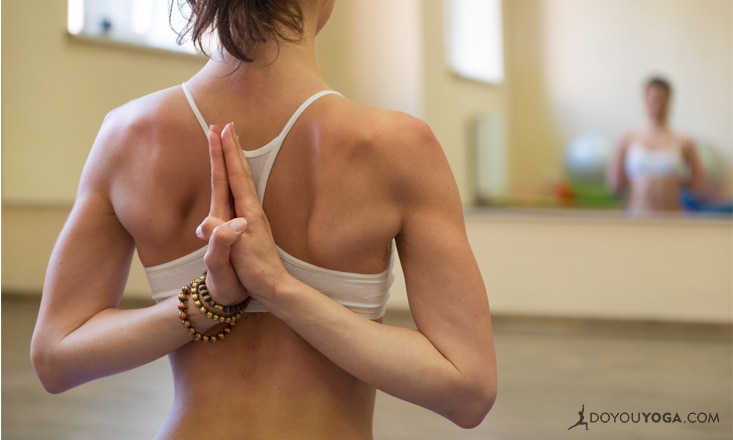When you become a yoga teacher, you might expect that your knowledge of poses and the yogic way might be all you need to succeed. But once you start teaching, you will realize that earning your students’ respect, trust, and affirmation takes far more than knowledge.
The following are the most important parts of a yoga teacher, physically, mentally, visually, and verbally.
1. Hands
You can do a lot with your hands, but most importantly, your hands can direct students in the right direction and help modify a posture for the better. Avoid any hand lotion or stinky sanitizer before class so that it’s not overpowering as you come around and touch your students (physically and mentally!).
2. Voice
Your body helps your instruction, but your voice is what ultimately guides your students through their practice. Don’t rely on demonstrating poses to show them how to do it—speak to how they can best get from pose to pose.
Be yourself as you instruct through your voice; don’t just read what you’ve learned in training.
3. Breath
While we speak about breath in class often, lengthened inhales and exhales, or even Ujayyi breath can be forgotten about as you speak in front of the class. But students do watch and listen to you, so make sure you practice what you preach, and allow them to follow suit with your breath.
And let’s not forget—you can get very close to students as you walk around, so don’t breathe in their face, direct your voice to the rest of the class, and make sure your breath is fresh!
4. Feet
Take care of your feet; invest in monthly pedicures if needed. As you instruct your class to ground their feet into the mat, make sure you are doing the same.
Remember, your feet are bare and exposed in class; as you’re walking around and stepping close to or on people’s mats, you don’t want to have your stinky or dirty feet be the reason students remember your class!
5. Posture
As I mentioned, your body does help assist your instruction, but you should not rely largely on your body to instruct. Instead, use both your voice and posture to create authority and direct your students through necessary motions or corrections.
In public speaking, you would never stand up in front of an audience slouching and mumbling. Guide people with your fluid voice instruction, and your body in proper posture, form, and disposition. Teach with a natural spine; otherwise, you may look like a hypocrite to what you are teaching.
6. Mind
The most important part of a yoga instructor is their mind. After all, it is what comes up with all those amazing flows, fun transitions, and catchy music playlists.
Be sure to keep your mind fresh and open. Think positively before, during, and after class, and continue that yogic mindset throughout your life. Remember why you became a yoga teacher in the first place and spread your positive thinking to others. After all, happiness is contagious.


